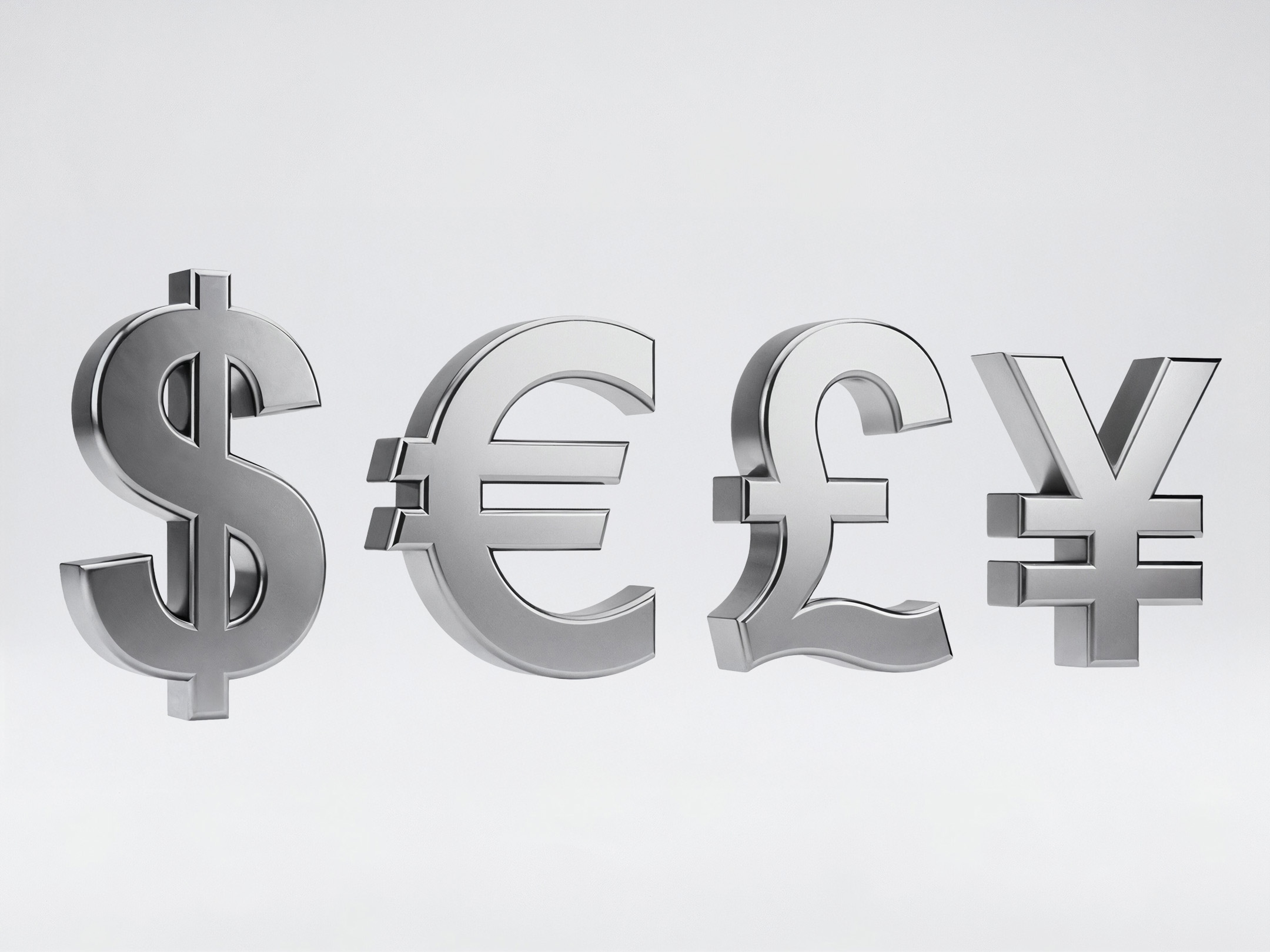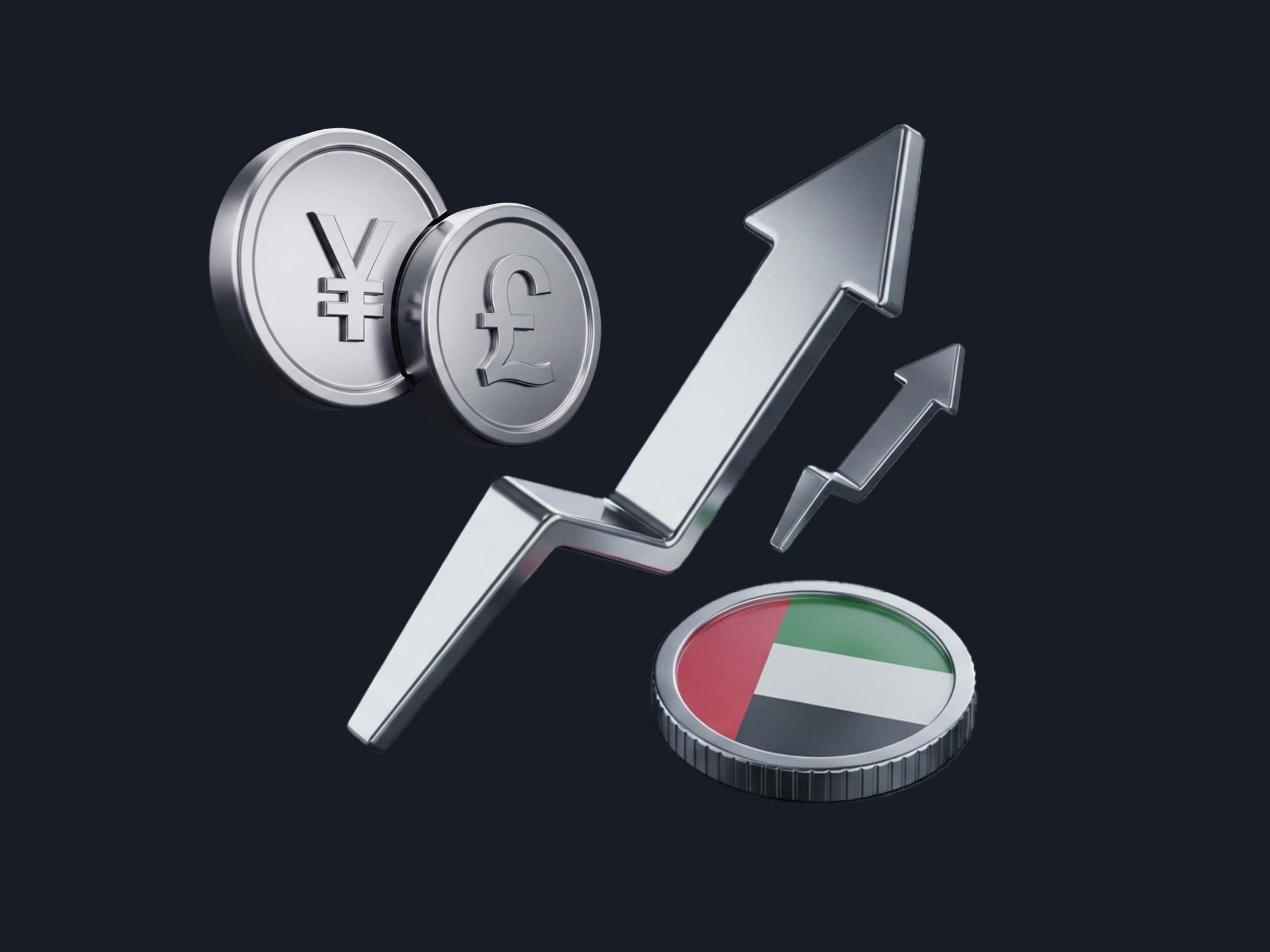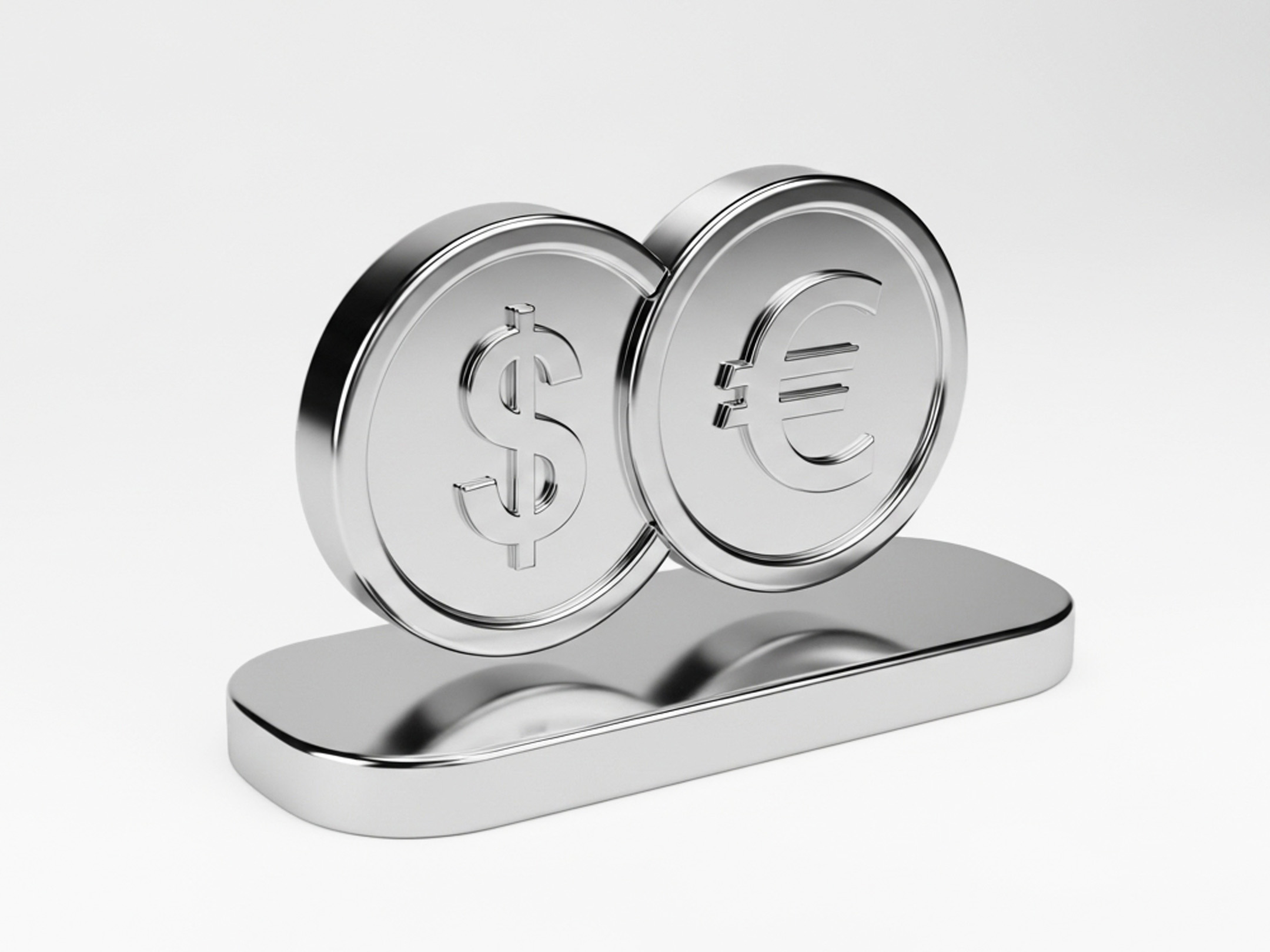
Quick Summary
- Forex trading involves buying one currency while selling another to profit from price movements.
- Traders choose pairs like EUR/USD and predict whether one currency will rise or fall.
- Pips measure price changes — even small ones can impact your result.
- Manage risk with stop-losses, careful trade sizing, and avoiding emotional decisions.
- Try demo mode first to practise strategies and learn the platform safely.
What is forex trading?
At its core, forex trading is all about exchanging one currency for another in the hope of making a profit. But it’s not just a holidaymaker swapping pounds for euros at the airport - it’s a fast-paced, global market where currencies rise and fall based on all sorts of factors, from economic news to political shifts.
This market sees trillions traded each day - yes, trillions. That kind of scale means currencies can move quickly, sometimes in your favour, sometimes not, which makes it an exciting space to explore, especially with the right know-how.
Why do people trade forex?
There’s a reason millions of people around the world trade forex - it’s accessible, flexible, and packed with opportunity. The market runs 24 hours a day, five days a week, giving you the freedom to trade around your lifestyle.
Whether you’re drawn to the idea of short-term bursts or prefer a more measured approach, forex lets you buy or sell depending on which direction you think a currency pair is headed. It’s one of the few markets where you can potentially profit whether prices are rising or falling. All you need is a strategy, a bit of patience, and the right platform (hint: you’re already in the right place).
What exactly is a currency pair?
Think of a forex pair like a tug of war. One currency is pulling against another. When trading currency pairs, you're speculating on which one’s going to be stronger.
For example, in the GBP/USD pair, you’re looking at the British pound versus the US dollar. If you think the pound is going to climb in value compared to the dollar, you'd buy the pair. If you think the dollar’s going to win this round, you’d sell.
Every trade you place is a bet on how that balance will shift.
How to read forex pairs
In every pair, the first currency is the base, and the second is the quote. You’re always comparing how much of the quote currency it takes to buy one unit of the base.
So if GBP/USD is trading at 1.2500, it means one pound equals 1.25 US dollars. If the number goes up, the pound is strengthening. If it goes down, the dollar’s taking the lead.
Picture it like a price tag on a product: the base is the item, and the quote is the price.
What’s a pip?
Pips are the tiny movements that make up a currency’s price change. Usually, a pip is the fourth decimal point in a currency quote. So if GBP/USD moves from 1.2500 to 1.2501, that’s a one-pip movement.
In forex, small changes add up - like the difference between a winning sprint and a near-miss in a race. Even a handful of pips can make all the difference to your trade.
And just so you’re in the loop, pairs involving the Japanese yen count differently - there, the pip is at the second decimal place.
What’s a lot?
Currencies are traded in bundles called lots. The standard lot size is 100,000 units of the base currency - but don’t worry, you don’t need that much cash to get started.
Most brokers (including us) offer micro and mini lot options, so you can start small while still getting a feel for the market. It’s like choosing your drink size - small, medium, or large - depending on your appetite and your comfort with risk.
How does forex trading work
The forex market isn’t tied to one country or one central exchange. It flows across the world, following the sun - from Sydney to Tokyo to London to New York and back again.
It’s always reacting to global events, from central bank announcements to surprise election results. Demand, market news, and market sentiment shape prices in real time.
The good news? With Deriv, you don’t need to track every headline. Our platform gives you the tools to focus on the currencies you care about and learn by doing, at your own pace.
Placing your first trade
Ready to have a go? First, log in to your Deriv account (or create one if you haven’t yet). Choose a currency pair - let’s say EUR/USD. Now ask yourself: is the euro likely to strengthen or weaken against the US dollar?
If you expect it to rise, hit buy. If you think it’ll fall, hit sell.
Before you confirm, make sure you’ve set your stop-loss (your safety net) and take-profit (your target). This helps you manage risk and lock in gains automatically.
Then, track your trade. You’ll quickly start to recognise how prices move and how your decisions play out.
Keeping your risk in check
Forex trading is a bit like sailing. Smooth waters are great, but every now and then, the weather changes. That’s why good risk management is your anchor.
Here are a few things smart traders do:
- Limit how much of their balance they risk on each trade - small stakes keep you in the game longer
- Always use stop-losses to avoid painful surprises
- Avoid jumping into trades based on emotion or gut feeling
- Use leverage wisely - just because you can magnify your position doesn’t mean you should
- Stick to a plan and review it regularly
Your goal isn’t to win every trade - it’s to manage your capital and stay consistent.
Try it out in demo mode first
Before jumping into live trading, give our demo account a spin. You’ll get a feel for how everything works - without risking a penny.
It’s a great way to test your strategies, learn the platform, and make those beginner mistakes (everyone makes them!) in a no-pressure environment.
Then, when you’re ready, switch to real trading with confidence and some momentum.
Quiz
What does a “pip” typically represent in most forex currency pairs?






.jpg)









